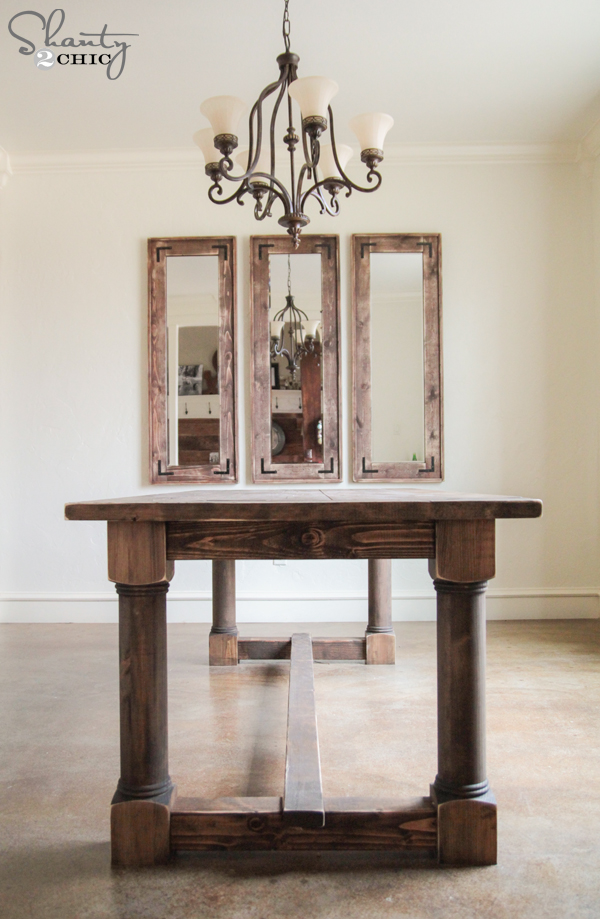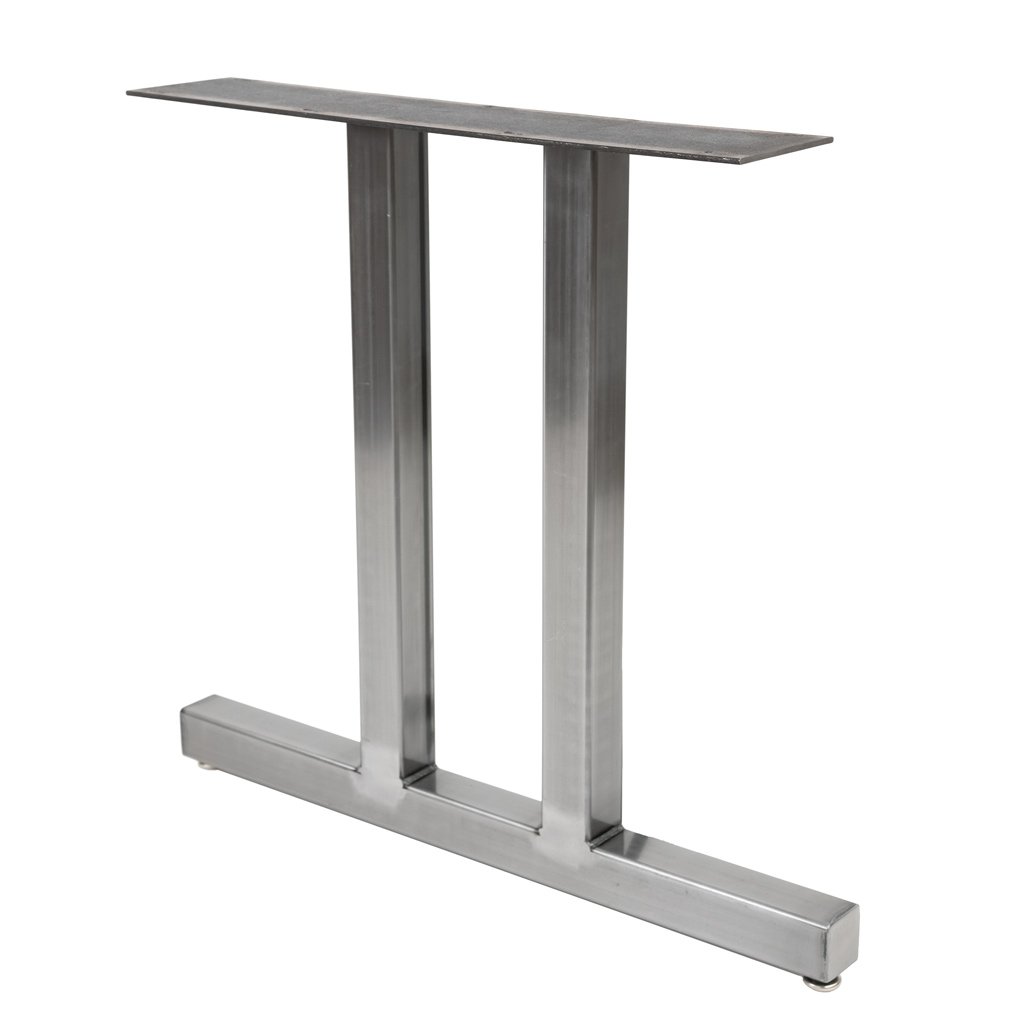Just How to Select the Perfect Eating Space Table Legs for Your Home Décor
Choosing the optimal eating room table legs is a nuanced process that needs mindful factor to consider of various elements, including your room constraints, aesthetic choices, and practical needs. The interplay between dimensions, products, and styles can considerably influence the atmosphere of your dining area, making it important to approach this choice carefully. As you ponder the myriad alternatives readily available, it becomes clear that the right choice extends beyond mere look; it can boost your overall dining experience. What factors should you focus on to guarantee your option matches your home's one-of-a-kind personality?
Assess Your Eating Room
Analyzing your eating space is crucial for picking the right table legs that match both aesthetic appeals and functionality. Begin by gauging the measurements of your dining location, including ceiling elevation, flooring room, and distance to other furnishings. This information will certainly help determine the ideal size and elevation of your table, which straight influences the selection of table legs.
Following, take into consideration the style and format of your dining room. For example, an open-concept style might gain from table legs that use aesthetic lightness, such as slender steel or acrylic options. On the other hand, an extra conventional setup could call for durable wood legs that give a feeling of permanence.
Examine the existing shade scheme and materials in your dining area. Balancing the table legs with these components creates a cohesive look that improves the general style. In addition, think of the performance needed in your area. For instance, if you regularly hold big celebrations, take into consideration legs that provide extra support and stability.
Eventually, a complete analysis of your eating area will assist you in making a notified decision, guaranteeing that your table legs not only boost the aesthetic allure however likewise serve practical purposes.
Consider Your Design Preferences
When choosing dining room table legs, it is important to reflect on your individual style preferences, as they dramatically affect the total visual of your eating room. Your choice of table legs can either complement or contrast with existing décor, making it essential to straighten them with your favored interior decoration theme.
If your home leans in the direction of a contemporary aesthetic, take into consideration streamlined metal or minimalist wooden legs that give a tidy, uncluttered appearance. For a much more traditional method, ornate wood legs with elaborate makings can add a touch of elegance and class. Industrial designs benefit from robust, resources such as reclaimed wood and steel combinations, reflecting a sturdy beauty.
In addition, farmhouse and rustic designs often prefer sturdy, beefy legs that evoke a sense of heat and comfort. On the other hand, if your décor is diverse, you might select unconventional forms or a mix of products to produce visual rate of interest.

Evaluate Material Options
The selection of product for eating area table legs plays a pivotal role in both longevity and aesthetic appeal. Typical products include wood, steel, and article composite choices, each offering unique attributes that can affect the overall appearance and durability of your table.
Timber is a traditional selection, known for its warmth and convenience. Hardwoods like oak and walnut supply extraordinary strength and can be finished in various stains to match any design. Nevertheless, softwoods like want are a lot more susceptible to scratches and dents, making them less perfect for high-traffic areas.
Metal legs, frequently crafted from steel or aluminum, exude modernity and industrial charm. They are highly sturdy and immune to put on, making them ideal for family members with youngsters or regular gatherings (dining room table legs). Additionally, steel can be completed in numerous shades, improving the personalization possibilities
Composite products, such as MDF or laminate, deal affordability and varied designs. While generally much less long lasting than solid timber or metal, they can still provide a fashionable appearance and are often very easy to preserve.
Ultimately, the product you select should line up with your lifestyle, visual preferences, and the degree of use your table will certainly experience.
Determine Height and Dimension
Choosing the suitable elevation and dimension for your dining area table is necessary for both capability and convenience. The basic elevation for eating tables generally varies from 28 to 30 inches, permitting adequate legroom for most people when seated. It is vital to think about the measurements of your dining space and the kinds of chairs you prepare to make use of.

Moreover, take into consideration the proportions of your dining-room. A bigger table in a spacious area can create a grand atmosphere, while a smaller table works well in more intimate setups. Inevitably, the appropriate elevation and dimension will certainly integrate with your total decor and enhance the eating experience for you and your visitors.
Explore Customization Possibilities

Furthermore, the design of the legs can be tailored to fit different styles, such as rustic, modern, or commercial. For instance, tapered legs can stimulate a mid-century contemporary feel, while beefy, block-style legs may reverberate with standard or farmhouse design.
Property owners can additionally check out color coatings, from natural timber spots to repaint, enabling them to match or comparison with the tabletop and bordering design.
Moreover, leg elevation can be adapted to suit details seating plans or individual preferences, boosting other both comfort and capability.
Lastly, one-of-a-kind embellishments, such as makings or decorative brackets, can better customize the table legs, making the eating experience not just a declaration yet a meal item in the home. By considering these customization options, house owners can create a dining-room table that absolutely reflects their uniqueness.
Verdict
Selecting the suitable dining area table legs requires cautious consideration of various elements, consisting of the measurements of the dining room, style preferences, material longevity, and desired height. Personalization alternatives further boost the ability to accomplish a natural visual that enhances the total decor. By systematically assessing these aspects, property owners can make sure that the picked table legs not just accomplish functional requirements but also contribute positively to the dining experience and setting of the home.
Picking the ideal dining room table legs is a nuanced process that requires Visit Website mindful factor to consider of numerous components, including your room restraints, aesthetic preferences, and sensible demands.Analyzing your eating area is critical for picking the right table legs that complement both visual appeals and capability.When identifying size, measure the location where the table will certainly be put to ensure it fits easily, permitting for at the very least 36 inches of clearance around the table for simple movement. A bigger table in a sizable area can create a grand ambiance, while a smaller sized table functions well in even more intimate setups.Choosing the optimal dining area table legs needs careful factor to consider of numerous elements, including the dimensions of the dining room, style choices, product sturdiness, and desired elevation.